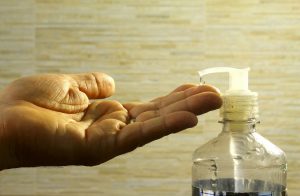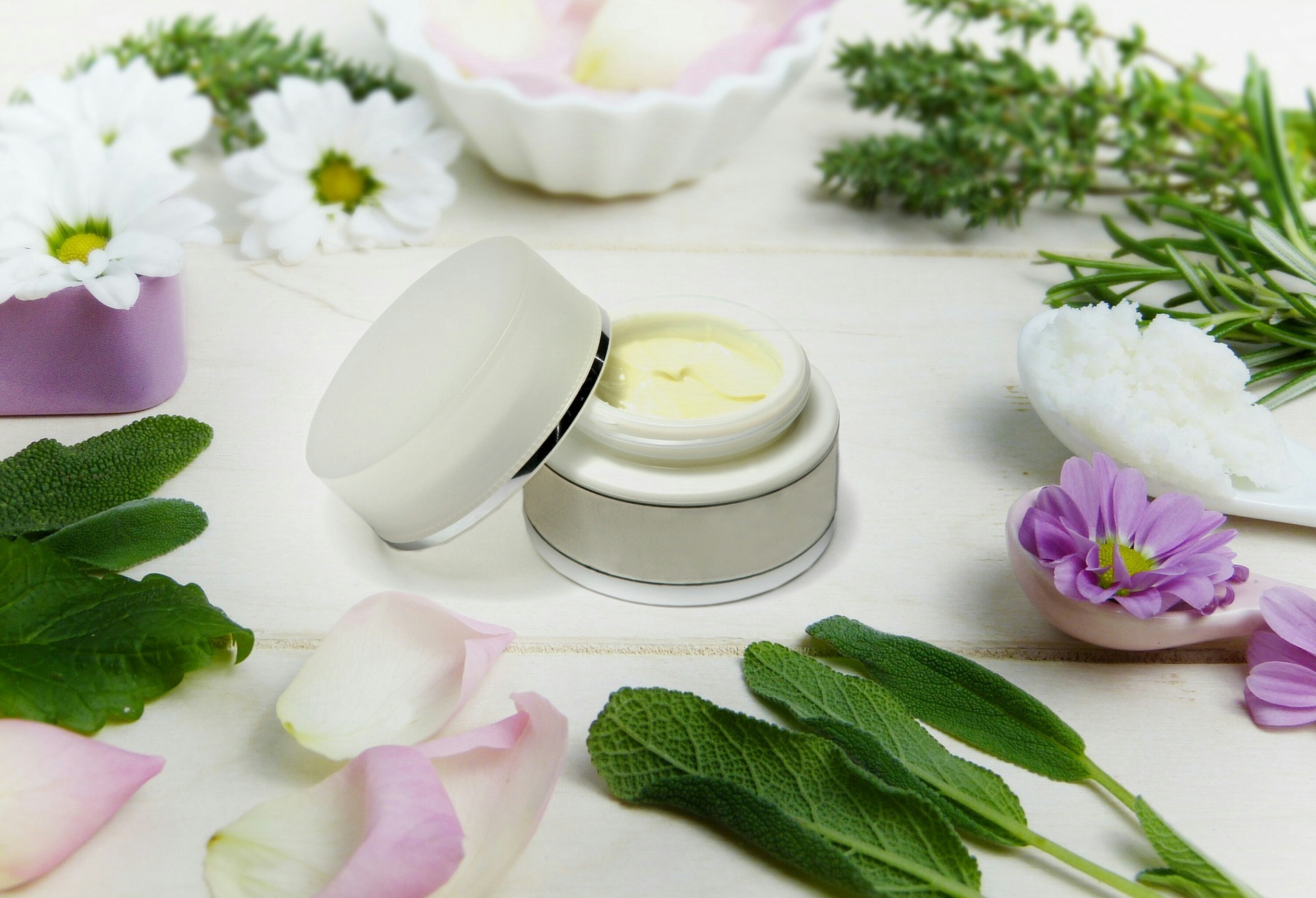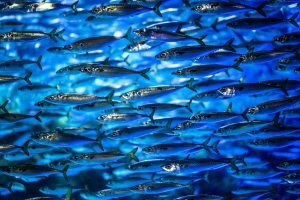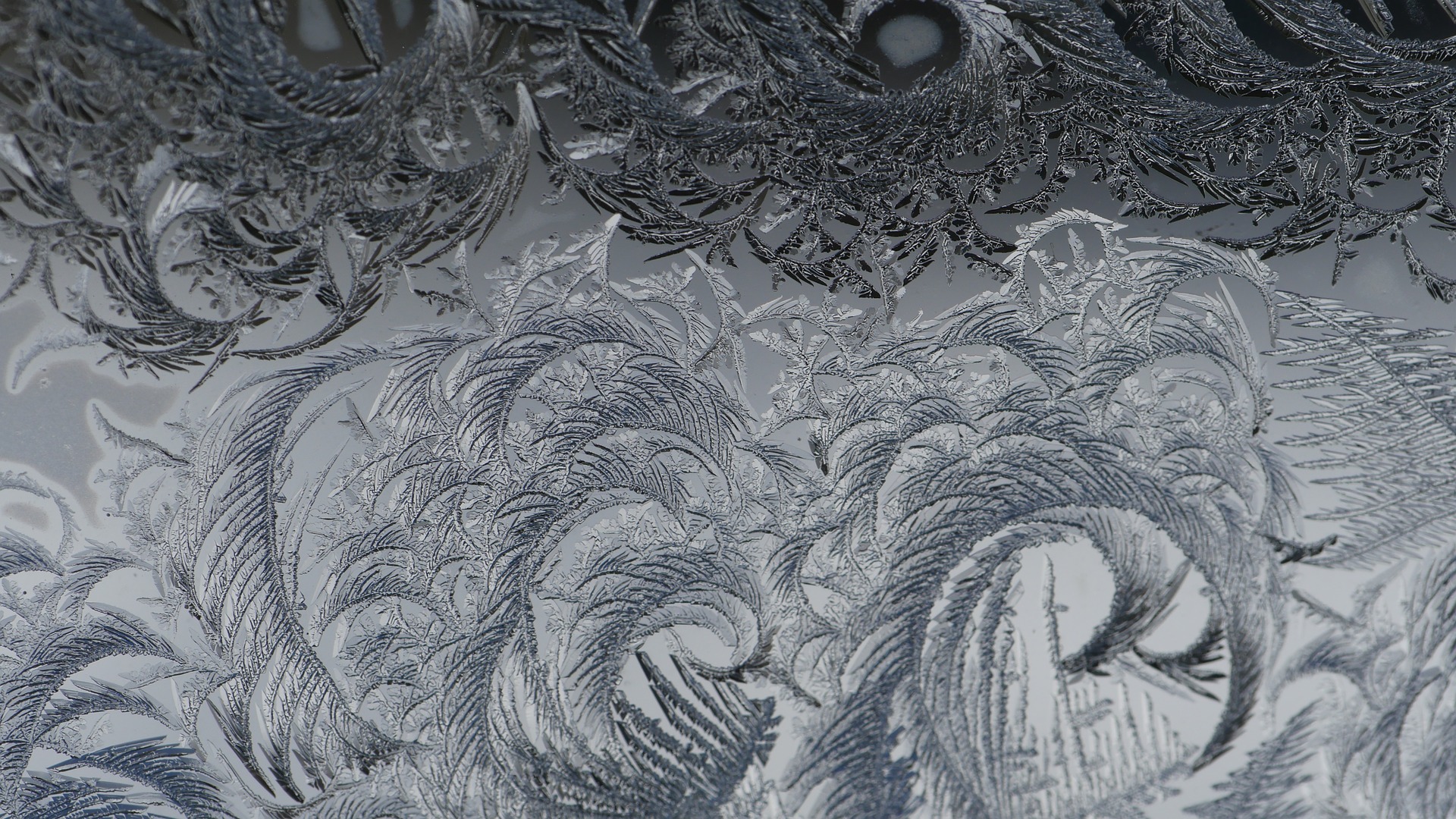
Developing a novel formulation for gel hand sanitisers using hypochlorous acid
Case Study – Aqualution Systems Ltd
Microalgae are microscopic organisms that are found in natural freshwater and marine environments. They can also be grown in bioreactors using light and CO2. This sustainable production process and the useful functional properties of microalgae byproducts, for example, polysaccharides, means there is increasing interesting in developing commercial opportunities.
GlycoMar is a biotechnology company specialising in the development of novel polysaccharide products from natural sources, especially marine environments. They have an established discovery platform technology for polysaccharide isolation and biological evaluation and work with a wide range of commercial partners, from the pharmaceutical industry to food sectors.

Glycomar and their partners, MicroA, wanted to optimise the processability of a new polysaccharide gel under development. An investigation into the rheological (flow) behaviour of the product was therefore required: what was the dependence of sample viscosity on the manufacturing shear rate? How would the yield stress (point at which a sample will flow) change with other gel properties?
GlycoMar collaborated with the ECFP, along with the Scottish Association for Marine Science and University of Strathclyde, through an Exemplar grant from the Industrial Biotechnology Innovation Centre. ECFP were responsible for the rheological aspects of the project and their final report explored the sensitivity of samples to variables such as temperature, pH and salt concentration. The project contributed to a 50% increase in final polysaccharide yield and MicroA went on to scale up the manufacturing of the polysaccharide from 200 litre batches to a 9 x 500 litre facility. MicroA now market the final product, Prasinoguard, as an active ingredient for the cosmetic skin care sector. The rheological properties determined by ECFP are used within marketing materials to illustrate product formulation possibilities to potential customers.

Please get in contact with us to find out more about ECFP and whether we can help you.

Case Study – Aqualution Systems Ltd

Case study – Surfteic

Case study – Quorn Foods
ECFP delivers fundamental product insight enabling improved formulation and processing for a more sustainable future.